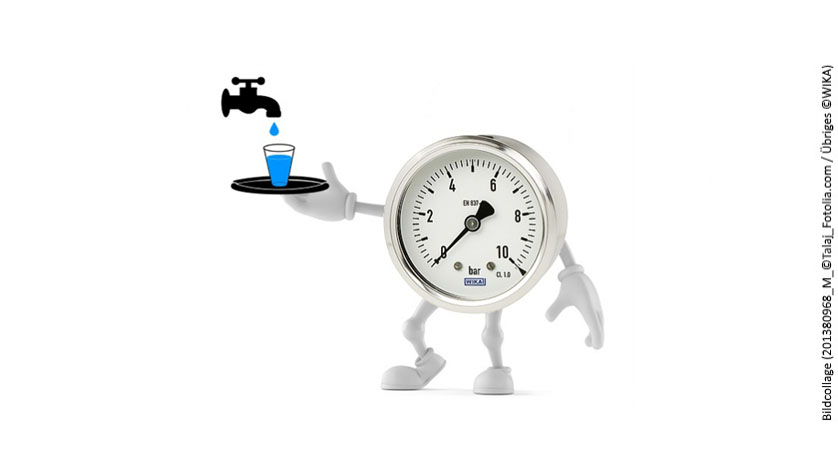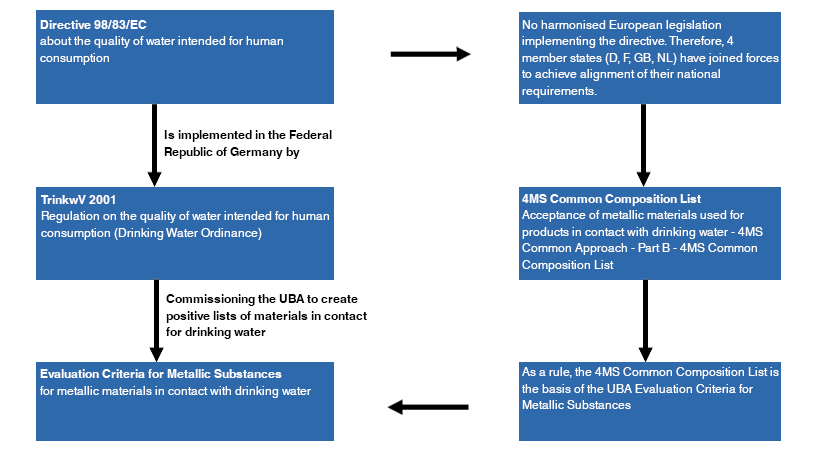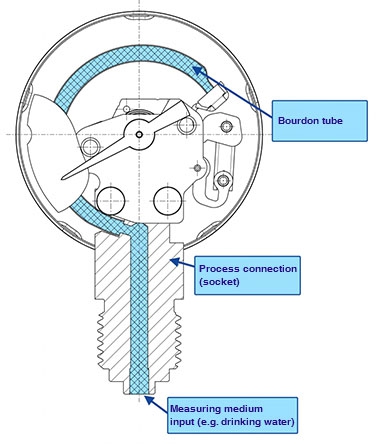
In connection with the drinking water suitability of measuring instruments, the terms Drinking Water Directive, 4MS List, UBA Positive List, Evaluation Criteria for Metallic Substances are increasingly appearing. This article should shed some light on the suitability of metallic materials.
For the benefit of European citizens
As shown in fig. 1, directive 98/83/EC (Drinking Water Directive – DWD) is the basis of the whole discussion. The aim of this directive is to ensure a consistently high quality of drinking water within the European Union.

Fig. 1: Example: Regulations regarding the drinking water suitability of metals in Germany
Drinking water suitability – The implementation in Europe
EU directives have legal force and must be implemented into national law by the member states. Currently, there is a lack of harmonisation of national laws, standards etc. in relation to material or product compliance for drinking water. In 2007, 4 EU member states (France, Germany, the Netherlands, United Kingdom) joined forces and introduced a group, working together to develop a common approach to the topic. A result of this is the 4MS Common Composition List -Acceptance of metallic materials used for products in contact with drinking water.
For WIKA, as a manufacturer of measuring instruments, this so-called “4MS list” is of great importance. It is a positive list containing all materials approved for drinking water applications. Only materials included in this list may come into contact with drinking water.
Meanwhile, Italy and Portugal joined the 4MS initiative, increasing the “weight” of it.

Fig. 2: The meaning explained using a pressure gauge
The meaning explained using a pressure gauge as an example
Each house contains one or more pressure gauges in the drinking water circuit. They indicate the prevailing pressure in the circuit.
The blue shaded area indicates the components that come into contact with the medium. The medium, in this case drinking water, flows via the connection into the socket and the Bourdon tube. The Bourdon tube is deflected proportionally to the pressure of the drinking water. The movement on the dial indicates the pressure.
The prerequisite for a pressure gauge to be used in a drinking water circuit is compliance with the DWD. This is at best achieved by sockets and Bourdon tubes which are made of materials listed in the 4MS list.
The solution: Pressure gauges from WIKA that are suitable for drinking water
WIKA offers its customers a 100-percent solution through special material pairings:
Variant 1: Socket and Bourdon tube made of stainless steel (stainless steels can be used without exception)
Variant 2: Socket: CW614N (CuZn39Pb3), Bourdon tube*: CW508L-DW (CuZn37)
*In Germany: CW508L-DW (CuZn37) – CW453K solution will follow soon
Conclusion
The 4MS Common Composition List -Acceptance of metallic materials used for products in contact with drinking water is an important component in the design of measuring instruments for drinking water applications. Customers and manufacturers would do well to communicate clearly when purchasing and selling measuring instruments for water applications whether they are actually for drinking water. Only in this way can the conformity with the regulations be guaranteed.
Note
The remaining EU members have not yet adopted comparable regulations for the implementation of the EU directive. An overview about national legislation and competent bodies can be obtained in the EU publication “Materials coming into contact with drinking water – What to watch out for? At home”
Also read our article
Pressure sensors in drinking water applications – what needs to be considered?

